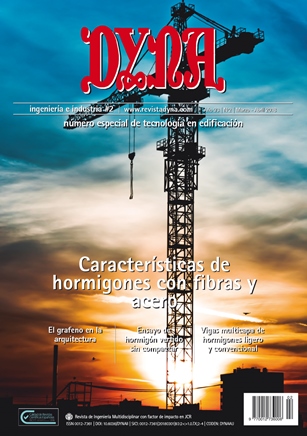AGUSTIN DE BETANCOURT'S MILL FOR GRINDING FLINT: ANALYSIS BY COMPUTER-AIDED ENGINEERING
Keywords:
Agustín de Betancourt, molino para la molienda del sílex, diseño asistido por ordenador, ingeniería asistida por ordenador, análisis estático, análisis por elementos finitos, Autodesk Inventor Professional, patrimonio cultural, Agustin de Betancourt, mill for grinding flint, computer-aided design, computer-aided engineering, static analysis, finite element analysis, cultural heritageAbstract
This paper shows the process followed to carry out a computer-aided engineering study of a historical invention of the famous Spanish engineer, Agustín de Betancourt y Molina, which is part of its rich cultural heritage. This is an analysis of the mill for grinding flint presented in London on March 28, 1796. For this purpose, this research is based on the 3D geometric model obtained by computer-aided design techniques with Autodesk Inventor Professional. The results show that the maximum stresses did not exceed the limit of rupture of the material, and that the greater displacements occurred in the blades of the hydraulic wheel. Also, the main conclusion is that the device put into practice was a consistent, original, innovative and dimensioned design with a high safety factor from the structural point of view, that is to say, it was oversized, which corroborates the usual practices of the age.Downloads
Published
2018-03-01
Issue
Section
ARTICULOS

